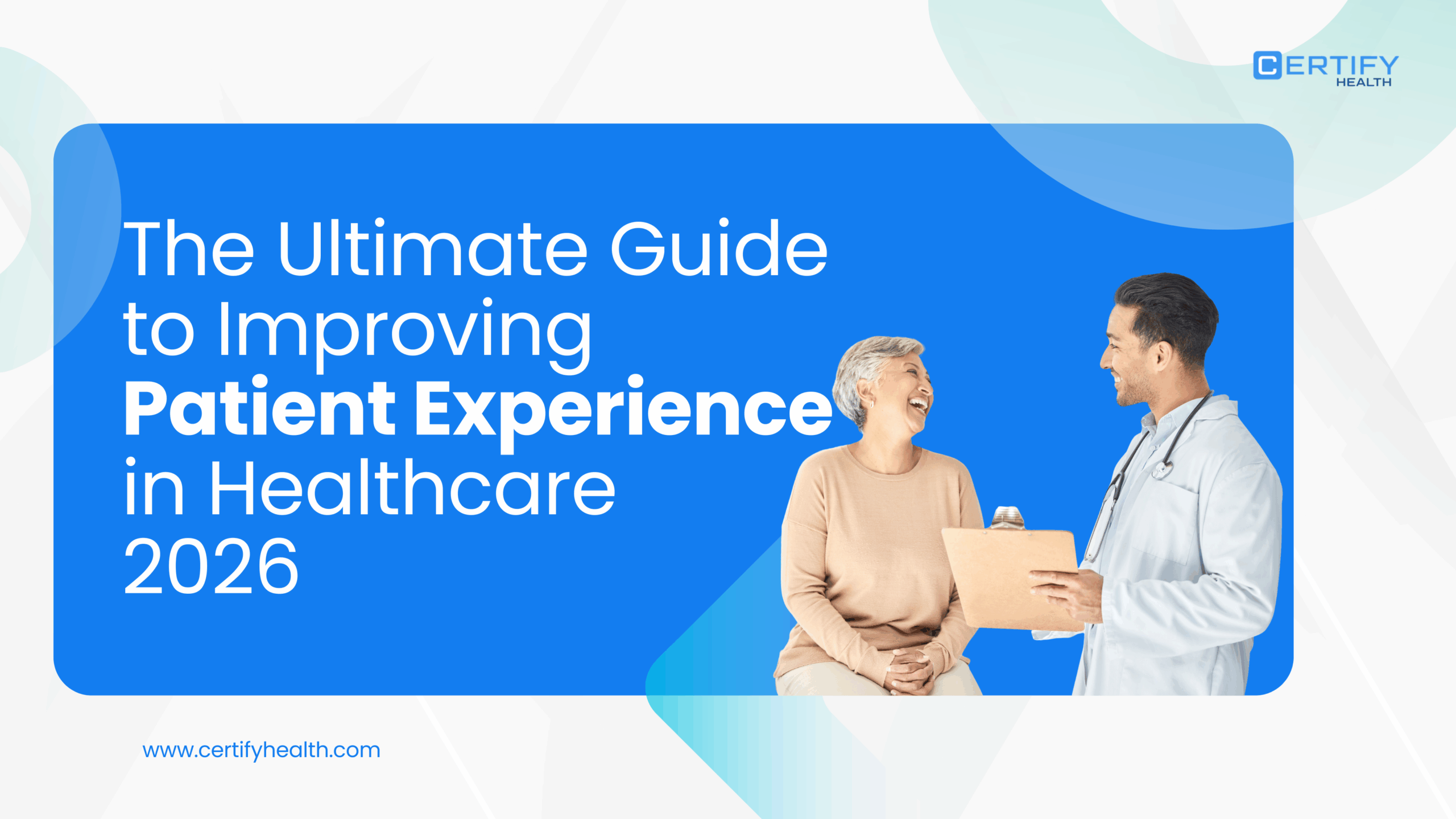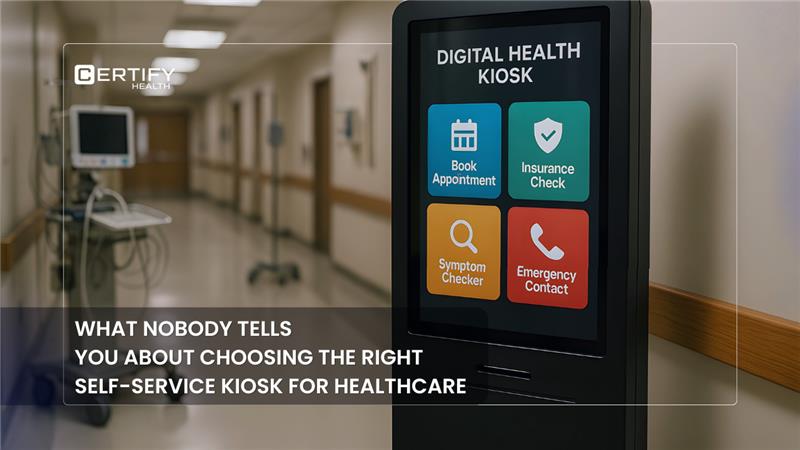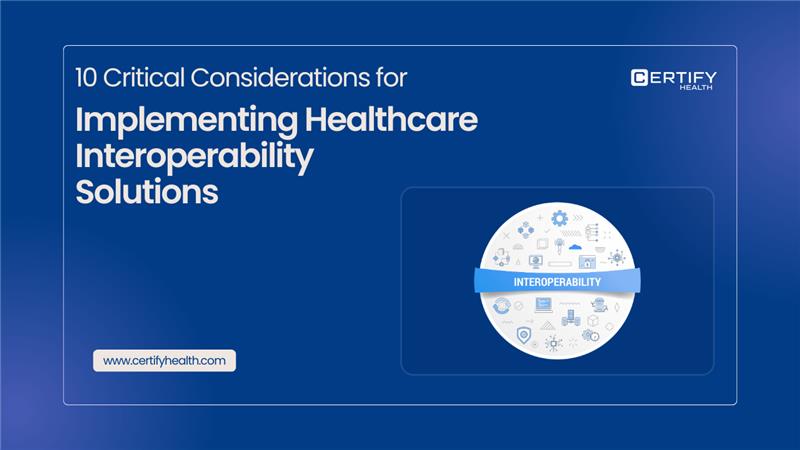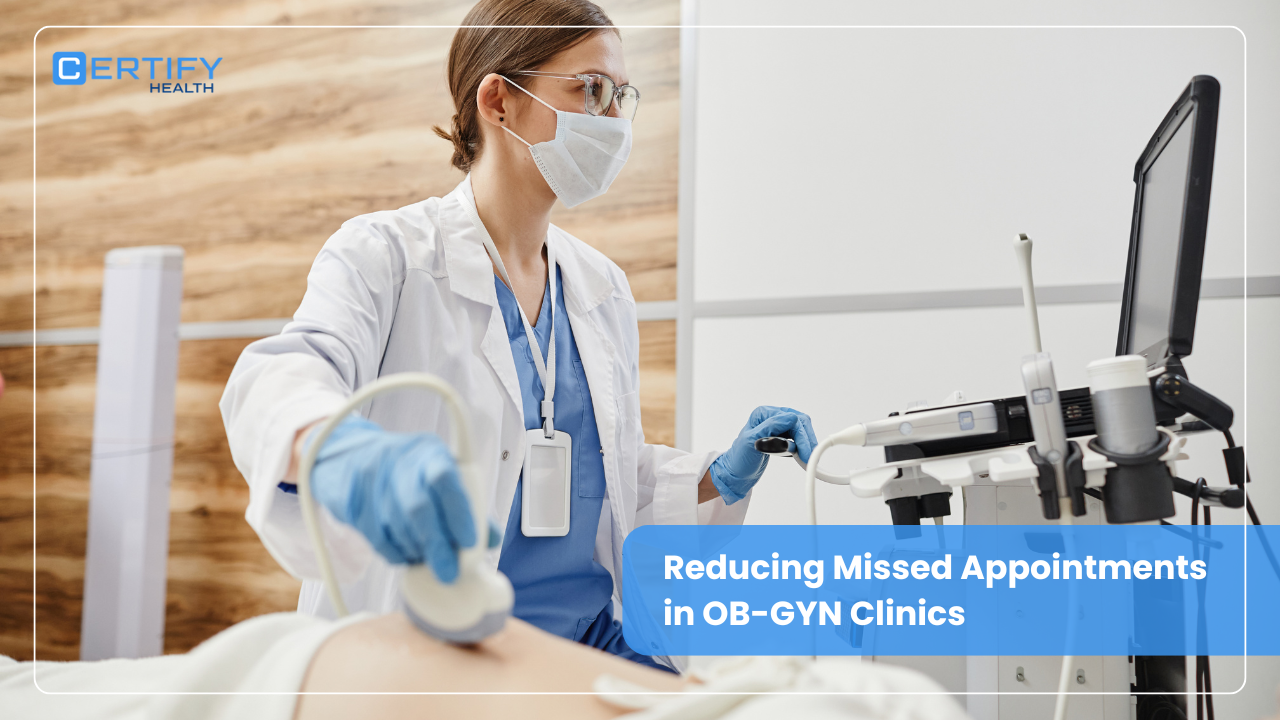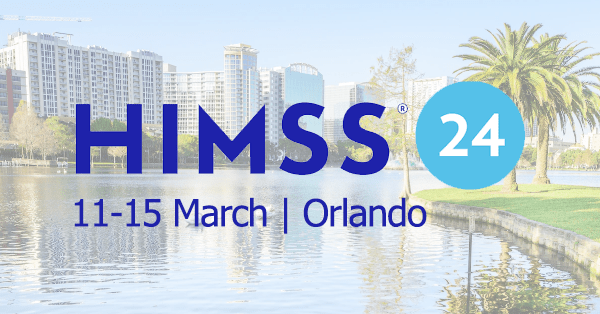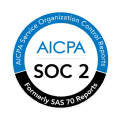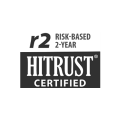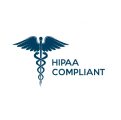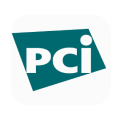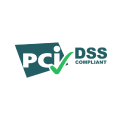Table of Contents
Introduction
Inpatient admission is the critical transition from ER or clinic to hospital care—it is where first impressions are formed, and efficiency matters most. The practices set the tone for the overall care experience during this transition, which is also where they first interact with patients and their families. In order to guarantee prompt care, lower stress levels and staff burnouts, improve overall patient satisfaction, and hospital admission process improvements, efficient inpatient admissions are essential.
But what happens is your patients wait hours for a single hospital bed when they are already suffering. Inefficiency in inpatient admissions, such as delays, manual work, and payment issues, leads to delays, patient dissatisfaction, burned-out staff, and lost revenue. According to a study, 91% of admitted patients waited more than three hours to get a bed, costing the company $204 for each patient.
Streamlining inpatient admissions through innovative strategies and tools is necessary to transform healthcare operations, improve patient satisfaction healthcare, and save millions.
In this blog, we will uncover the common challenges in inpatient admissions, why it is essential to streamline inpatient process, and explore strategies and tools for streamlining inpatient admissions.
Did you know
Clunky admission processes mean delays, frustrated patients, burned-out staff, and revenue leaks—think $500,000 to more than $1 million per physician from inefficiencies. This financial impact underscores the need for streamlined inpatient admissions.
The Challenges: Common Pain Points in Inpatient Admissions
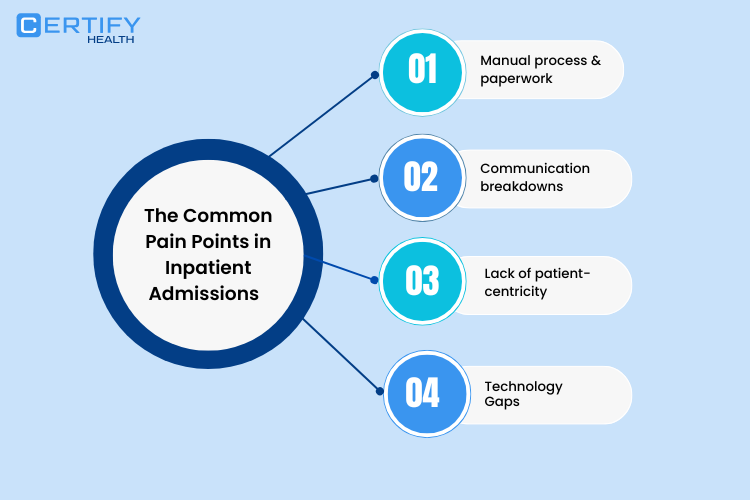
Manual Processes and Paperwork
The inefficiencies of traditional paper-based patient intake methods are numerous. Time and resources are wasted by lost faxes, duplicate data entry, and hours spent looking for lost information. Errors increase and hospital patient flow slows down by these manual procedures. For example, a patient’s whole experience and satisfaction may suffer if a single lost paperwork causes an hours-long wait in their admission.
Furthermore, the amount of time lost on phone calls to find missing data is astounding!
When staff spend valuable time on phone calls, they delay care and patients feel ignored and dissatisfied. It not only impacts patient satisfaction healthcare but also impacts staff morale as they are stuck in inefficiencies of manual systems.
Communication Breakdowns
Effective communication is essential during inpatient admissions, although breakdowns are common. It can be annoying when incomplete or missing physician orders cause a delay in patient intake.
Nurses or medical staffs may not be able to carry out the inpatient admission process if they do not have clear instructions about what tests must be done, which drugs to give patients, or what procedures must be followed.
Hospital efficiency is hindered by poor coordination between the different departments, leading to longer wait times. In addition, if the non-clinical staff is involved in handling the inpatient admission data, it can cause errors, misunderstandings and slow down the process.
These essential communication breakdowns influence the healthcare revenue cycle, patient care, and workflow. By streamlining communication through clear protocols and technology-driven solutions, the admissions process can be made more efficient overall, and delays can be minimized.
Lack of Patient-Centricity
Imagine your patient feeling ill and anxious while waiting in public areas. How much unnecessary stress might this cause? Delays in patient registration and bed assignments can lead to longer wait times, frustration, and discomfort, lowering patient satisfaction in healthcare.
Negative experience or dissatisfaction leads to a low score of HCAHPS (Hospital Consumer Assessment of Healthcare Providers and Systems). HCAHPS is nothing but a measure of patient satisfaction in U.S. healthcare. So, to improve your HCAHPS you need to make patient experience improvements.
A bad impression affects your hospital in many ways: You lose patients’ trust, your practice reputation goes down, funding is stopped, and reimbursement rates decline.
Therefore, you need to have a patient-centric process for inpatient admission.
Leaving your patients dissatisfied is not an option. They may put up a bad review about delays or inefficiencies during admission, which may harm the hospital’s reputation and stop future referrals.
Did you know
The HCAHPS (Hospital Consumer Assessment of Healthcare Providers and Systems) score is based on patient surveys, impacts hospital ratings and Medicare funding, and influences patient trust.
Factors like patient-to-provider ratios, staffing, and specialized care influence the HCAHPS score. The survey has 29 questions covering hospital experiences and demographics. A 5-star rating system determines a practice’s overall performance, and 4-5 is considered the highest.
The HCAHPS score is mandatory for Medicare-funded hospitals. A high score not only improves funding but also attracts more patients, improves financial outcomes, and influences hospital partnerships.
Technology Gaps
Even with Electronic Health Record (EHR) investments, many hospitals still rely on manual processes, which hinders hospital efficiency. Without integrated hospital patient flow management systems or real-time bed management systems, inefficiencies persist. Inadequate system integration results in dispersed data and frequently prevents admitting teams from seeing bed status in real-time, which causes delays and chaos.
For example, the admitting department/patient registration might allocate a bed that is already occupied if they cannot access real-time bed availability, which would result in further delays and confusion.
This emphasizes why inpatient admissions must be automated and seamlessly integrated for increased hospital efficiency. Implementing digital patient intake solutions and real-time bed management systems can significantly improve hospital patient flow.
Why Streamline Inpatient Admissions?
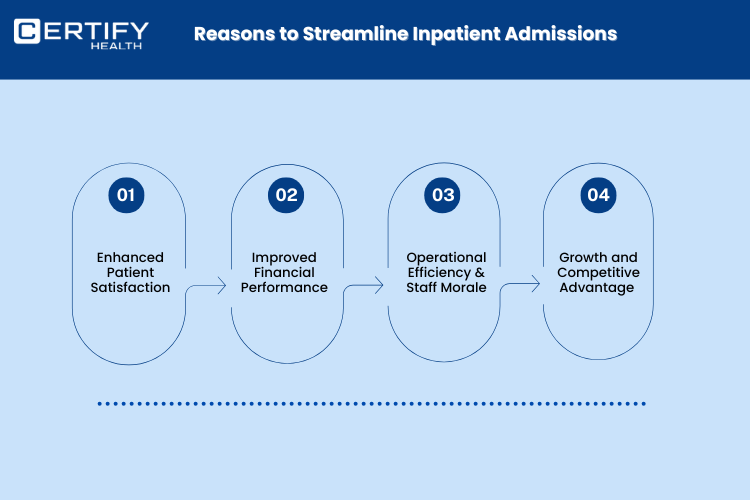
We have covered the challenges of inpatient admissions, now let’s learn how streamlining inpatient admissions can improve patient satisfaction healthcare and hospital efficiency.
Enhancing Patient Satisfaction Healthcare
The connection between streamlined admissions and improved HCAHPS scores is undeniable. You need to implement a more efficient digital patient intake system. It can streamline patient intake by automating the process, improve patient satisfaction as they no longer need to deal with hectic paperwork, improve staff efficiency, and improve HCAHPS scores.
Your hospital can streamline the patient intake process using digital solutions like CERTIFY Health’s patient intake software. It allows you to create HIPAA-compliant forms that are safe and secure, which means no hassle of losing essential patient data and spending hours finding it.
When staff and doctors have all the necessary patient information readily available, they can expedite inpatient admissions, enhance care quality, and improve HCAHPS scores by delivering a better patient experience.
It also results in gaining patients’ trust, bringing in more patients through referrals and positive reviews, improving the hospital’s reputation, and contributing to the long-term success of your hospital.
Improved Financial Performance
Hospitals can shorten length of stay (LOS) or free up beds more rapidly with faster inpatient admissions. They are able to treat more patients and enhance the healthcare revenue cycle as a result.
Simplified inpatient admission procedures also enhance payment collection and reduce claim denials, two important aspects of healthcare revenue cycle management.
Imagine this scenario: Your practice cuts medical LOS (length of stay) by half a day, saving up money and possibly preventing losses of between $500,000 and over $1 million per physician.
Operational Efficiency and Staff Morale
Simplifying the inpatient admission process reduces staff workload, preventing burnout and giving them more time to focus on patient care. Digital solutions improve communication, ensuring smooth coordination between departments.
CERTIFY Health’s patient communication platform enables staff to easily connect with patients and collaborate across departments through an integrated system. With seamless information flow, misunderstandings are minimized, reducing stress and enhancing efficiency.
This not only empowers your team but also boosts morale and improves staff retention, as employees are less likely to experience burnout in a well-coordinated work environment.
Growth and Competitive Advantage
Effective inpatient admissions set hospitals apart in a highly competitive sector. A practice’s reputation for efficient patient flow draws more patients without sacrificing care quality. Effective inpatient admissions can make a big difference in the modern healthcare environment, where word-of-mouth and internet reviews are increasingly influencing patient decisions.
Hospitals can increase their market share and draw in more patients by establishing themselves as leaders in patient care and efficiency through the simplification of inpatient admissions.
Strategies for Streamlining: A Practical Approach
Digital Transformation

Online Pre-Registration: Use technology like CERTIFY Health to streamline your pre-registration process. It allows patients to complete forms digitally before they arrive. This eliminates paperwork and ensures that necessary information is captured with accuracy, speeding up the admission process.
Electronic Intake forms: Implement digital documentation for seamless data flow. Electronic orders reduce errors and ensure that all necessary information is captured accurately.
Real-Time Bed Management Systems: Track bed availability promptly using digital solutions. This guarantees effective bed assignment, cutting down on delays and enhancing hospital patient flow control.
Process Optimization

Standardized Inpatient Workflows: Establish protocols for each phase of an inpatient admission. Standardized processes minimize confusion and delays by ensuring that all employees are aware of their roles and responsibilities.
Improved Communication Protocols: Make sure all departments have open lines of communication. Create dedicated messaging groups. Collaboration and efficiency are improved when there are frequent updates and unambiguous communication to keep everyone informed and on the same page.
Point-of-Care Registration: Enable bedside registration for improved comfort. Allowing patients to complete their admission or check-in process directly from their hospital bed instead of going to a registration desk, not only enhances patient comfort but also streamlines the registration process, reducing wait times.
Staff Training and Empowerment

Cross-Training: Equip staff with skills to handle multiple tasks efficiently. Cross-trained staff can adapt to different situations, ensuring that admissions run smoothly even during peak periods.
Empowering Staff: Give teams the power to promptly address problems. Employees with more empowerments are more proactive and may resolve issues without resorting to escalation, which cuts down on delays and raises patient satisfaction healthcare.
Continuous Improvement: Foster a culture of regular evaluation and refinement. Encourage feedback from staff and patients to identify areas for improvement and implement changes accordingly.
Patient Engagement

Clear Patient Communication: Provide patients with transparent instructions about the inpatient process, be it about how to check-in to their payments. Using CERTIFY Health’s patient communication solution you can develop clear communication with patients and set expectations, reducing anxiety and enhancing the overall patient experience.
Patient Portal Benefits: CERTIFY Health offers patient portals that allow you to collect pre-admission data from your patients online. Patient portal benefits patients as well as they can access their information easily, update their information and prepare for their admission in advance.
CERTIFY Health: Your Partner in Inpatient Admission Excellence
CERTIFY Health offers innovative solutions to streamline inpatient admissions for healthcare practices. Designed to automate your practice’s workflow, our software easily integrates with your EHR, EMR, or other tools and ensures easy data flow for easy coordination between your teams.
Key Features of CERTIFY Health:
- Patient Scheduling: Our patient scheduling software reduces staff call time by allowing patients to self-schedule appointments. This will help practices manage bed availability, staff allocation, and resources as per the schedules.
- Digital Patient Intake Tools: Digital patient intake reduces administrative staff workload and prevents burnout. Go green with digital patient intake forms, which help you collect accurate patient information and save time and money on papers, printers, printer inks, and more.
- Real-Time Integration Capabilities: CERTIFY Health integrates with your EMR, EHR, and PMS systems to ensure data synchronization and smooth department collaboration through seamless information flow.
- Pre-registration & check-in: Enhance operational efficiency by collecting the pre-registration details and automating check-in via biometric check-in solutions.
- Real-time Insurance verification: To reduce errors and improve cash flow, verify insurance eligibility in real-time with 100% accuracy—just as our existing customers have experienced.
- Patient payment collection: Ensure easy reimbursement through straightforward claims processing and payment collection for patients via multiple payment methods.
- Patient communication: Our platform ensures a patient-provider relationship through two-way communication capabilities, ensuring end-to-end support throughout the patient journey and patient satisfaction.
Healthcare practices using CERTIFY Health report faster admission times, higher patient satisfaction scores, reduced administrative costs, and improved staff morale—transforming the inpatient admission experience from start to finish.
Conclusion
Streamlining inpatient admissions is no longer optional—it’s essential for modern healthcare success. By adopting digital tools like CERTIFY Health, optimizing inpatient workflows, empowering staff, and engaging patients effectively, hospitals can achieve faster processing times, higher satisfaction rates, and improved financial performance.
The competitive landscape in the healthcare sector demands efficient inpatient admissions, as they directly impact patient satisfaction, loyalty, operational efficiency, and financial stability. By taking proactive steps to streamline inpatient admissions, hospitals can position themselves for success and ensure that every patient receives the care they deserve—promptly, efficiently, and with compassion.
Take the first step today toward revolutionizing your inpatient admission process—because every moment matters when it comes to patient care – Book a Personalized Demo.



